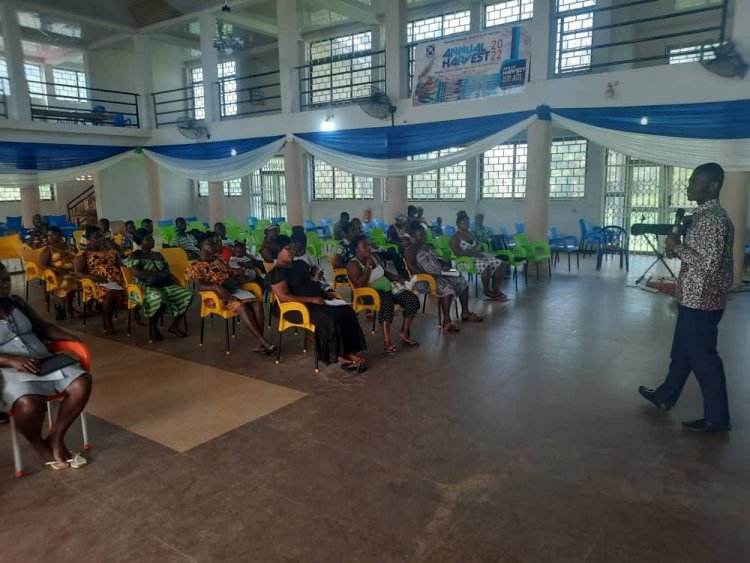Wacam, Oxfam In Ghana Hold Forum For Youth, Women In Asutsifi North On Local Content Opportunities
The forum, which was organised on Friday, December 9, 2022, by Wacam and its partners, Oxafam in Ghana, in the Asutsifi North District of the Ahafo Region, brought together fifty (50) participants from mining communities in the district.

A forum to support women and youth in the Asutsifi North District to identify alternative business practices and local content opportunities in mining and agriculture value chains has been organised.
The forum, which was organised on Friday, December 9, 2022, by Wacam and its partners, Oxafam in Ghana, in the Asutsifi North District of the Ahafo Region, brought together fifty (50) participants from mining communities in the district.
It was aimed at opening up avenues for broader consultation and discussions on the local content opportunities, alternative business development opportunities in mining communities to promote effective implementation of these laws and programmes for the benefit of local communities and the country as a whole.
Leading the discussion was a presentation of a study on “Alternative Business and skills Development Programmes for Women and Youth in Asutsifi North District,” by the Programmes Officer of the Centre for Environmental Impact Analysis (CEIA), Paa Kwesi Sackey.
According to him, the general goal of the study was to assess the training needs of young people within the age bracket of (15-35 years) living within the concessions of Newmont Gold Ghana Limited-Ahafo Mine and Kibi Goldfields Limited to enable them participate effectively in local content initiatives of the mining companies.
He went on to add that the research also looked at what level of skills by the local indigenes were available for employment; the category of employment (i.e., unskilled, skilled labour such as technical, managerial, etc.,) within the life cycle of the mine is available to the indigenes; and whether or not the educational background of local indigenes match with the employable opportunities within the mining industries.
The programmes officer of CEIA said the study made the following findings including the fact that most of the locals in Asutsifi North were eager to work in the mining companies, especially the male youth; most of the female youth were desirous to be trained and work on alternative livelihood issues such as fashion, food and confectionary industry to service the mine workers; and that only a handful of the respondents have postgraduate and graduate educational qualification to enable them secure permanent jobs in the companies in the senior staff category.
However, Mr. Sackey pointed out that the study found out that majority of the respondents had BECE or WASSCE as their highest educational qualifications, and that they agreed also to the fact that in order for them to secure more permanent jobs in the companies their capacities needed to be built.
Against the above, Mr. Sackey enumerated recommendations of the study.
These, he disclosed, include a training curriculum to train the locals on relevant skills they need to secure jobs in the mining industry; “a technical training institute is preferable for the male population, and; the provision of commercial hand craft skill set for the female population.
Such training curriculum, according to Mr. Sackey, should not only be focused on assisting them to work in the upstream section of the mining industry but also the downstream.

 Freeman Koryekpor
Freeman Koryekpor 



































